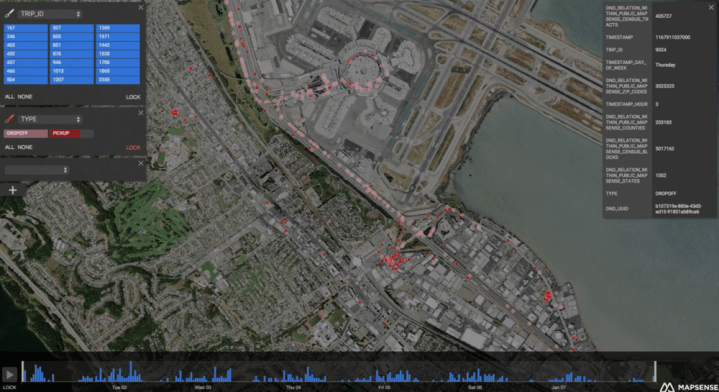
The work is ongoing, so it comes as little surprise to learn that Apple has reportedly just snapped up another maps-related business: Mapsense. Sources told Re/code on Wednesday that the deal is worth around $25 million.
The San Francisco startup, which was founded two years ago and currently has 12 employees, builds software that visualizes, understands, and harnesses massive amounts of smartphone-gathered location data that can then be utilized by apps.
It’s not entirely clear at this stage what Apple plans to do with Mapsense, though it could, for example, draw on its technology to build into Maps a Waze-like navigation service for drivers.
Apple’s latest acquisition represents the company’s continued interest in startup-created mapping technology as it seeks to advance the functionality and efficiency of Apple Maps.
Apple confirmed in June it’d started using camera-equipped vehicles to capture imagery in the U.S. and beyond, possibly as part of a project to build a database of panoramic content similar to Google’s Street View.
More recently it quietly boosted Maps’ Flyover feature, adding 20 new locations from around the world.
Additional efforts to improve Apple Maps include the company’s move to include public transit directions for a limited number of cities with the launch of iOS 9, which became available this week.
Editors' Recommendations
- Google Maps got a major update, and people hate it
- Apple Maps enhances road trips with multistop routing, transit fares
- Apple Maps brings major update to Canadian cities
- Google Maps is getting improved Live View navigation, more detailed map data
- Waze vs. Google Maps: Which one is right for you?


